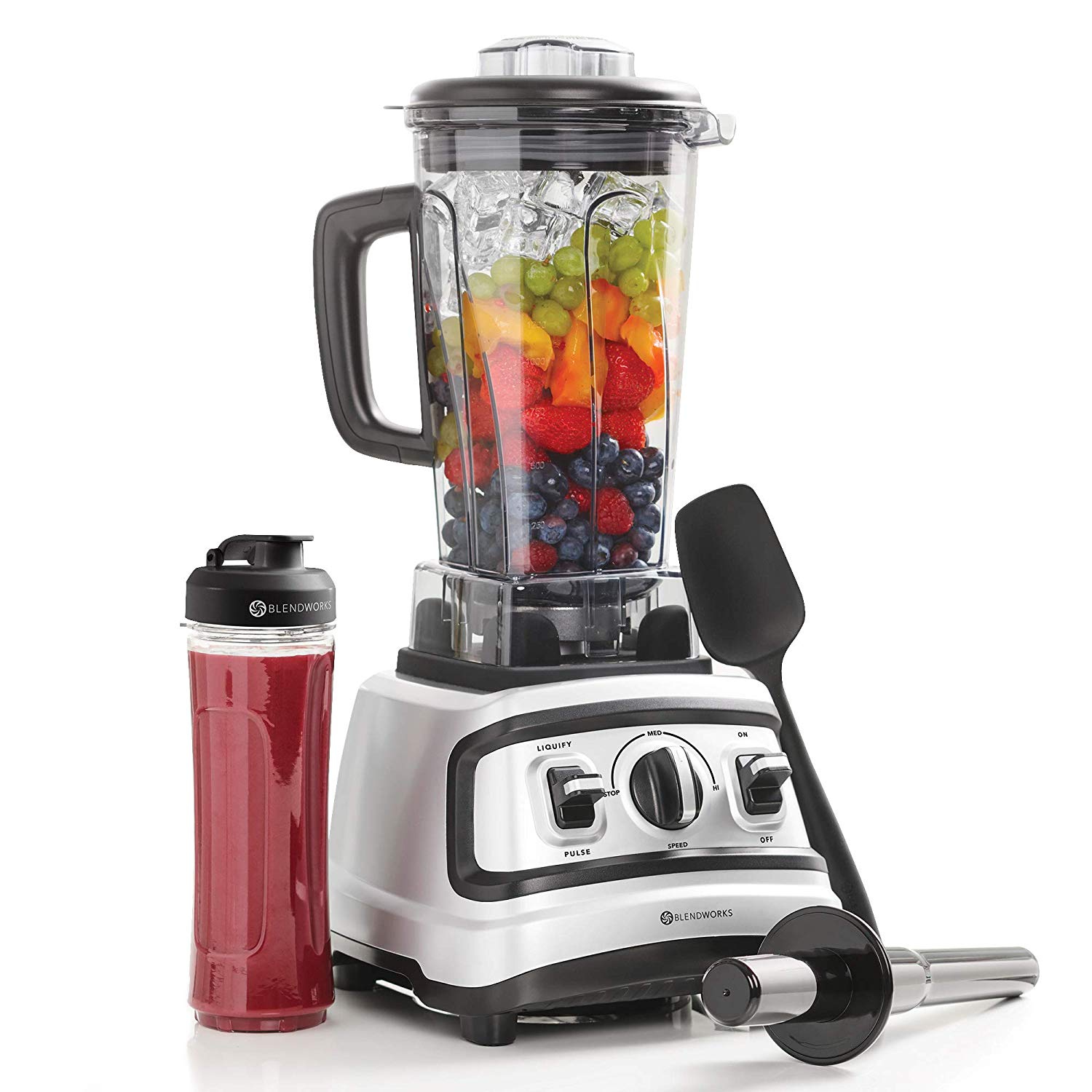
We wanted the ability to crush ice too.Įach blender needed to fit comfortably on our kitchen top and within the £200 budget we set. In terms of features, we were looking for blenders with enough capacity and power to make a batch of carrot and coriander soup, a blueberry and banana smoothie, and cucumber and red cabbage juice. The highest-scoring models from each individual brand in our list of the top 25 was chosen before we handpicked models based on features and price. We began by selecting the 50 highest-rated blenders within these categories from leading homeware sites AO.com, Argos, John Lewis, Currys and Amazon before reading hundreds of customer reviews to pick out the 25 most popular blenders based on real-world use. Little separates stand and jug blenders, divided only by the shape of the container, so we included both in our search, alongside single-serve (also known as smoothie-making) blenders made popular by the likes of Nutribullet.

Hand blenders have their uses, being most suited to aerating, beating and emulsifying, but they don’t offer the versatility of jug blenders. In selecting our shortlist of best blenders to test, we automatically discounted hand blenders. At their most simple, the best blenders are those with enough capacity to handle multiple fruit and vegetables for smoothies and juices, and that turn those ingredients into smooth liquids quickly and quietly. Blenders, on the other hand, offer less versatility but are designed to excel at a specific set of liquid-based tasks. If it’s a processor you’re after, check out our test of the best food processors. They’re typically good all-rounders, able to handle most kitchen tasks thrown at them, including grating and slicing but aren’t built with one particular task in mind.

The majority of food processors can be seen as "jack of all trades, masters of none". The terms blenders and food processors are used almost interchangeably online, yet they have different pros and cons.


 0 kommentar(er)
0 kommentar(er)
